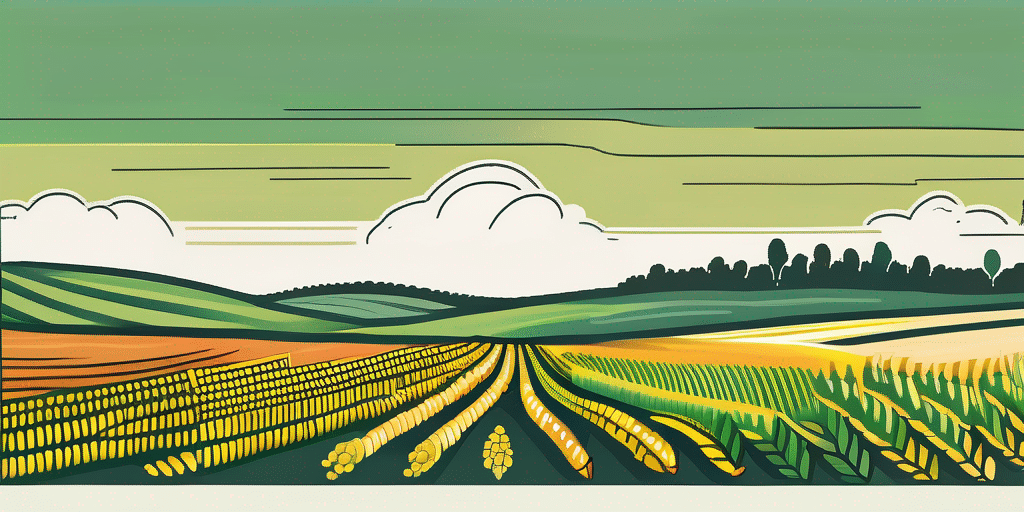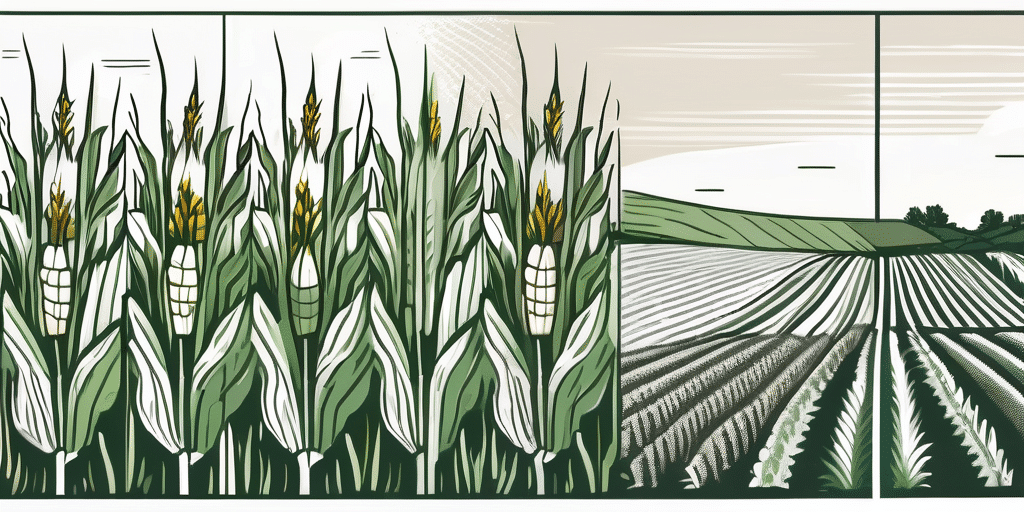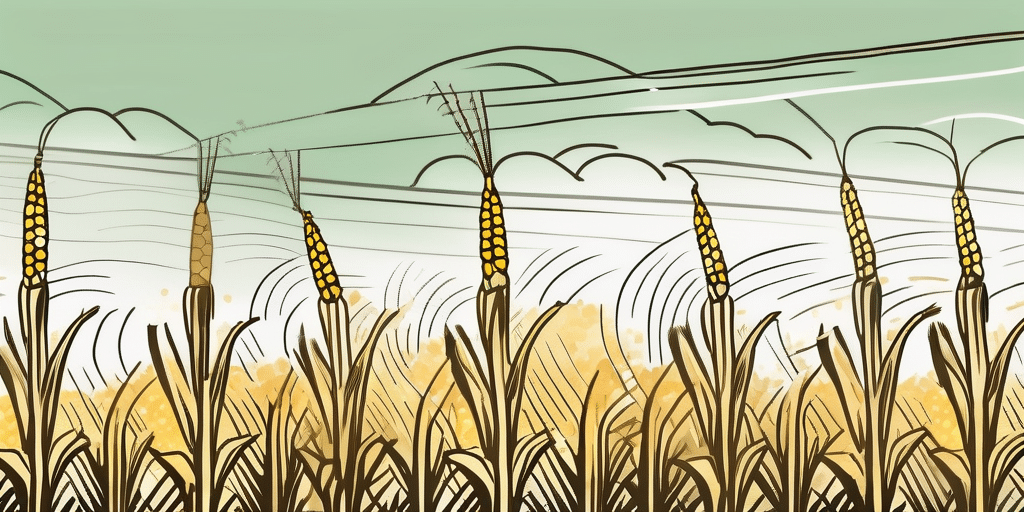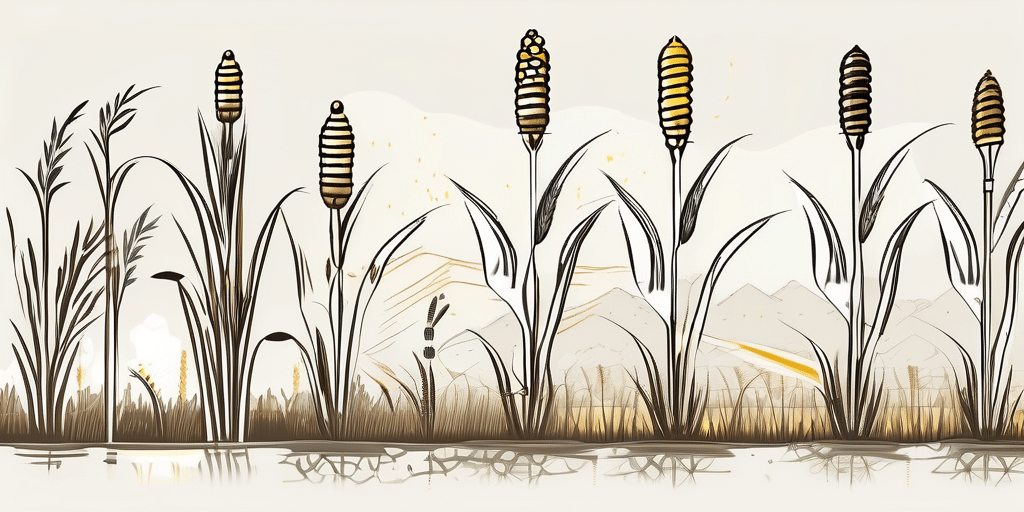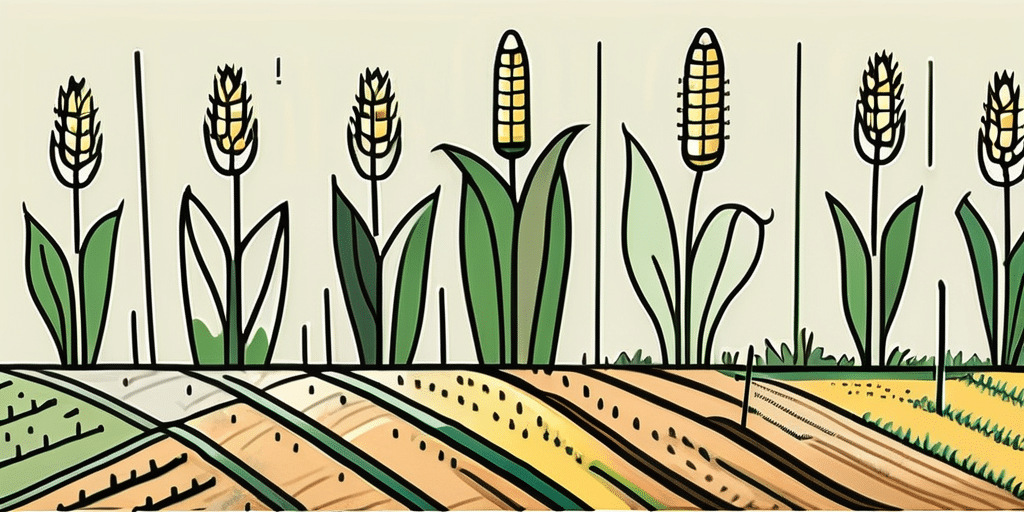Trinity corn, also known for its strikingly beautiful and delicious flavor, is a popular choice among corn enthusiasts in Minnesota. Known for its versatility and adaptability, Trinity corn can be grown successfully across various regions of the state. In this article, we will explore when to plant this delightful corn variety, as well as provide you with tips on how to grow it to its full potential.
Climate & Hardiness Zones in Minnesota
Before delving into the specifics of growing Trinity corn, it is important to understand the climate and hardiness zones in Minnesota. The state falls into USDA hardiness zones 3 through 5, which means that it experiences long, cold winters and relatively short growing seasons. This information will be crucial in determining the ideal planting and harvesting times for Trinity corn.
Minnesota’s climate is greatly influenced by its location in the northern part of the United States, resulting in temperature extremes throughout the year. Winters in Minnesota can be harsh, with temperatures often dropping well below freezing and heavy snowfall being a common occurrence. These conditions can pose challenges for agriculture, making it essential for farmers to select crops that are well-suited to the state’s climate.
Furthermore, the diverse topography of Minnesota also plays a role in its climate variations. The state is home to forests, prairies, and lakes, each contributing to unique microclimates that can impact local weather patterns. This means that farmers in different regions of Minnesota may experience slightly different growing conditions, necessitating a tailored approach to crop selection and cultivation practices.
When to Plant Trinity Corn in Minnesota
When it comes to planting Trinity corn in Minnesota, timing is everything. The best time to plant this variety is during the late spring, once the soil has reached a temperature of at least 55 degrees Fahrenheit. Planting too early may result in stunted growth, while planting too late may not allow enough time for the corn to mature before the first frost.
It’s important to note that Trinity corn prefers warm soil and requires a minimum of 60 to 70 frost-free days to reach maturity. To determine the appropriate planting date, consult the local agricultural extension office, which can provide you with specific recommendations based on your location.
But what makes Trinity corn so special? Well, this particular variety is known for its exceptional taste and high nutritional value. It is a hybrid corn that combines the best traits of different corn varieties, resulting in a sweet and tender kernel that is perfect for fresh eating or cooking.
Now, let’s dive into a step-by-step guide to planting Trinity corn:
Step-by-Step Guide to Planting Trinity Corn:
- Prepare the soil by removing any weeds or debris and ensuring it is well-drained. This will create an optimal environment for the corn seeds to germinate and grow.
- Add organic matter, such as compost, to improve soil fertility and structure. This will provide the necessary nutrients for the corn plants to thrive.
- Form planting beds or rows, leaving enough space between plants for proper air circulation and growth. Crowded plants can lead to competition for resources and hinder their development.
- Plant the corn seeds in the soil, placing them about 1 inch deep and 10-12 inches apart. This spacing allows each plant to have enough room to spread its roots and receive adequate sunlight.
- Water the newly planted seeds thoroughly, ensuring that the soil remains consistently moist throughout the germination process. Corn seeds need moisture to sprout and establish strong roots.
- As the corn plants grow, provide them with adequate sunlight by positioning them in an area that receives at least 6 hours of direct sunlight daily. Sunlight is crucial for photosynthesis, which fuels the growth and development of the corn plants.
- Regularly monitor the soil moisture, and water the plants deeply whenever the top inch of soil feels dry. Consistent watering helps prevent stress and ensures healthy growth.
- Consider applying a layer of mulch to help retain soil moisture and suppress weed growth. Mulch also acts as a natural insulator, keeping the soil warm during cooler nights.
- As the corn stalks grow taller, provide support by using stakes or trellises to prevent them from falling over in strong winds. This will protect the plants from damage and ensure proper pollination.
By following these steps, you’ll be well on your way to growing your own delicious Trinity corn in Minnesota. Remember, patience is key, as corn takes time to mature. With the right timing and care, you’ll soon be enjoying the bountiful harvest of this exceptional corn variety.
When to Harvest or Pick Trinity Corn in Minnesota
After waiting patiently for your Trinity corn to reach maturity, it’s time to enjoy the fruits of your labor. The ideal time to harvest Trinity corn is when the kernels are fully developed and tender. This happens about 20 to 25 days after the silks first emerge from the ears of corn.
A common practice to determine if the corn is ready for harvest is to gently peel back the husk and pierce a kernel with your fingernail. If the liquid inside the kernel is milky, it signifies that the corn is ripe and ready to be picked. However, if the liquid is clear, it indicates that the corn requires more time to reach its optimum sweetness.
Harvesting Trinity corn is not just about picking the ears at the right time; it’s also about ensuring that you do so in a way that preserves the quality and taste of the corn. When harvesting, it’s essential to hold the corn stalk near the base and pull it away from the plant with a firm, steady motion. This technique helps prevent damage to the plant and ensures that the corn is cleanly separated from the stalk.
Tips for Harvesting Trinity Corn:
- Hold the corn stalk near the base and pull it away from the plant with a firm, steady motion.
- Remove the husk immediately after harvesting to preserve the sweetness and flavor.
- Enjoy your harvest as soon as possible for the best taste and texture, as the sugars in the corn start converting to starch as soon as it is picked.
Once you have harvested your Trinity corn, it’s crucial to store it properly to maintain its freshness. Ideally, Trinity corn should be consumed as soon as possible after harvesting to enjoy its peak flavor. However, if you need to store it, keep the corn in the husk and refrigerate it to slow down the conversion of sugars to starch.
Another way to enjoy your Trinity corn harvest is by exploring different cooking methods. Whether you prefer grilling, boiling, or roasting your corn, each method can bring out unique flavors and textures. Experiment with seasonings and toppings to create delicious corn dishes that showcase the freshness of your harvest.
Frequently Asked Questions
Q: Can I grow Trinity corn in a container or small garden?
Yes, you can! Trinity corn can be successfully grown in containers or small gardens, as long as you provide adequate space for the plants to grow and ensure proper soil fertility and moisture levels. Just make sure to choose a container that is at least 18 inches deep to accommodate the corn’s extensive root system.
Q: How do I prevent pests and diseases from damaging my Trinity corn?
Preventing pests and diseases is crucial for a successful corn harvest. Consider practicing crop rotation, using organic pest control methods, and regularly inspecting your plants for signs of pests or diseases. Additionally, ensuring proper spacing between plants can improve air circulation and reduce the risk of fungal infections.
Q: Is Trinity corn genetically modified (GM)?
No, Trinity corn is a non-GMO variety. It has been developed through traditional breeding techniques to enhance its flavor, appearance, and adaptability to various growing conditions. It is a testament to the wonders of nature and the dedication of farmers and breeders.
With its exceptional taste and stunning appearance, Trinity corn is a fantastic addition to any Minnesota gardener’s repertoire. By following the recommended planting and harvesting times, as well as implementing proper care and maintenance, you can enjoy a bountiful harvest of this delectable variety throughout the summer months. So, why wait? Start planning your Trinity corn garden today and experience the joy of growing and savoring your very own mouthwatering corn.
Join the How to Grow Everything Community
Ready to transform your green space into the Garden of Your Dreams? Subscribe for free to How to Grow Everything and unlock a treasure trove of personalized gardening advice tailored to your Minnesota grow zone. Whether you’re a beginner or an experienced gardener, our family is here to guide you with the best tips, deals, and expert knowledge—100% free, with no spam, just like we’ve shared for growing Trinity corn. Let’s cultivate your passion for gardening together!

